Forward-thinking insights focused on a more sustainable tomorrow.
Transportation Equity:
Better Access, Increased Connectivity
Now, more than ever, equity in transportation is coming to the forefront of conversation in our industry, particularly with the federal government elevating focus on sustainability and equity with Better Utilizing Investments to Leverage Development (BUILD).
Providing equitable access to transportation has always played an important role in the AEC industry; however, we have seen a recent shift in equity relative to transportation. Previous focus was aimed at minimizing adverse or negative impacts a project may have on a community. Now, there is an increased focus and shift on balancing the potential negative impacts with positive benefits a project may have on affected populations, creating equitable opportunity for overall better access to underserved communities.
While this shift has been occurring over the last several years, it was significantly highlighted from the disruption to equitable transportation access that was experienced during the height of the COVID pandemic.
Equity in transportation can take multiple forms—and professionals in our industry need to continually look at benefits and impacts to confirm they are distributed equally across the community. It’s important we make certain the project and infrastructure being built does not adversely impact one population over the other.
Watch Video: Transportation Equity - Fair Access and Mobility / 1:56
Sustainability & Equity in the Built Environment
VHB has always taken a holistic approach and addresses social, environmental, and economic issues in the solutions we provide, such as:

Delivering Sustainable, Equity-focused Solutions
Sustainability and equity are not new to VHB. They have been foundational elements of our practice since our founding. Sustainability is a lens through which we always look as we deliver equitable solutions for our clients. VHB is involved in several projects across our footprint that address equity.
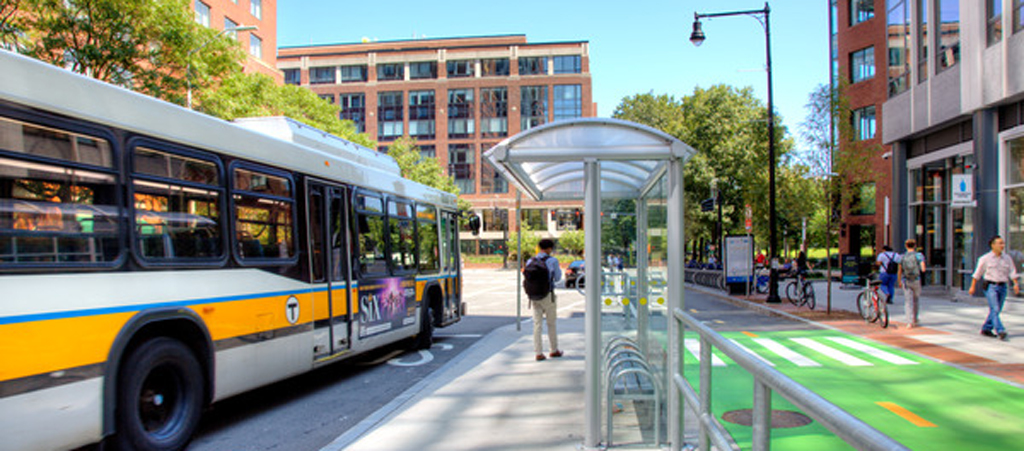
VHB is currently working with the Massachusetts Department of Transportation to catalog equity indicators used by the agency and their partners to assess the impact of project decisions on overall equity to the communities in which they operate. Transportation-related equity indicators help to improve mobility and transportation system access.
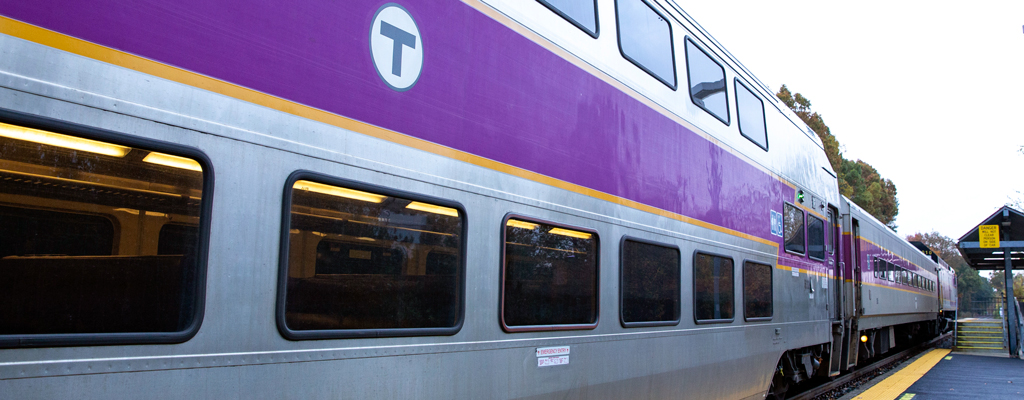
VHB has been working with MassDOT and the Massachusetts Bay Transportation Authority on the South Coast Rail project to establish new commuter rail service to previously underserved communities, providing improved access and mobility access to major metropolitan centers, which created job opportunities and stimulated the local economy.
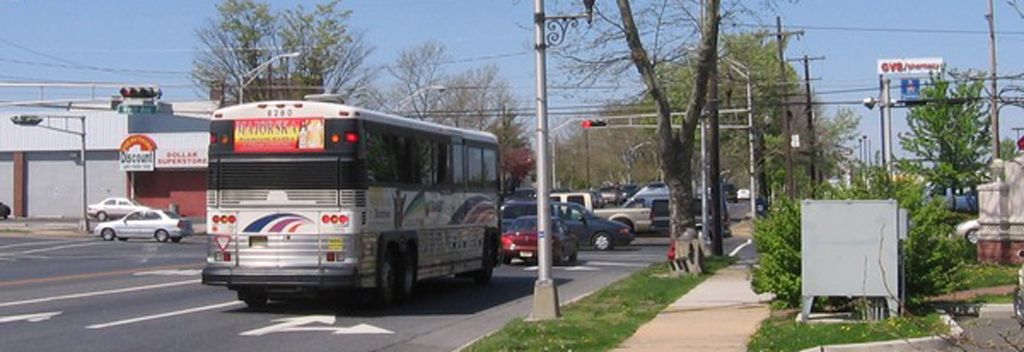
VHB assisted New Jersey Transit in the preparation of a Pandemic Impact and Need for a Strategic Recovery and Restoration Plan, which summarizes NJT’s COVID-19 response and the agency’s crucial role in the region’s ongoing recovery. Plan data will influence bus operations; equity and access to transit; a system built with all riders in mind; and the potential for new technologies.
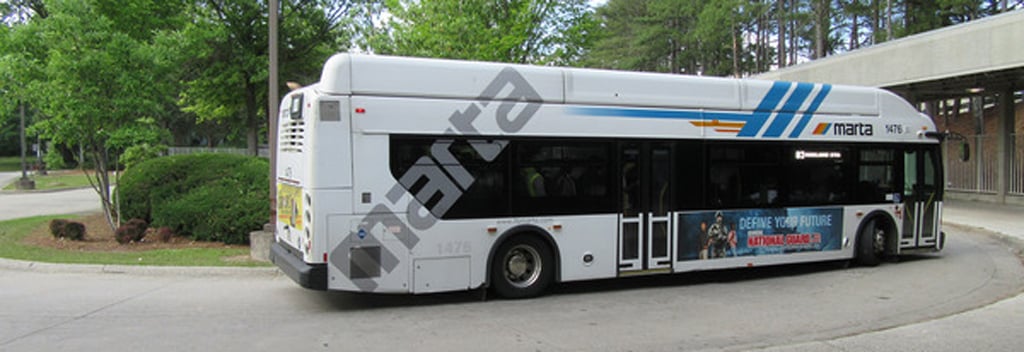
VHB led the development of MARTA’s Essential Bus Service Plan, addressing the drastic drop in ridership during the pandemic while accounting for the needs of a vulnerable, bus-dependent population. The plan addressed 40 critical routes and one new circulator service, including lifeline transportation to essential services—all designed to make certain MARTA could provide safe and sustainable service during the height of the pandemic.
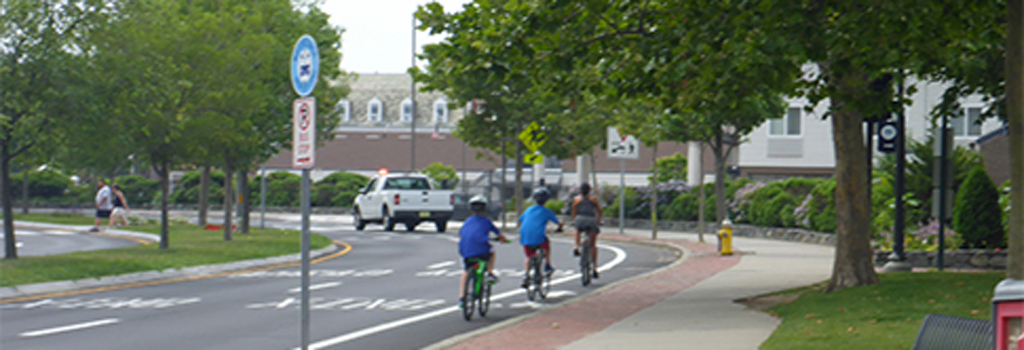
Bicycle and pedestrian networks also play a critical role in our communities. VHB recently developed a Statewide Bicycle Mobility Plan in Rhode Island to expand the state’s existing network of trails, so residents from each city it serves have equitable access, connecting traditionally underserved communities.
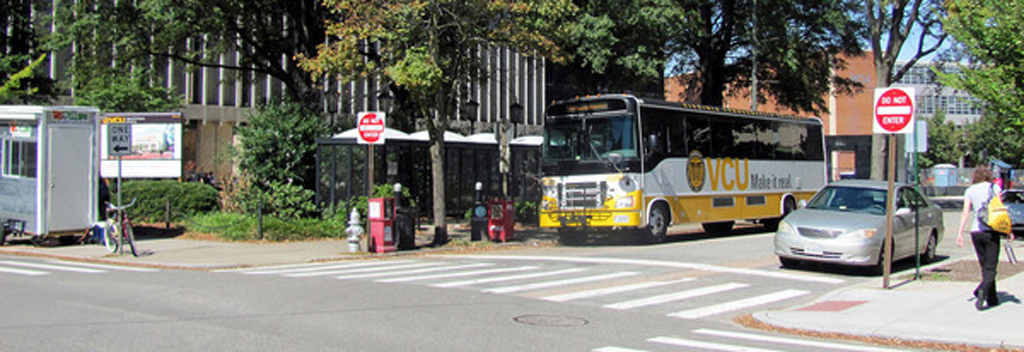
In partnership with the Virginia DOT, VHB developed a statewide Pedestrian Safety Action Plan. The Plan was used to better understand pedestrian safety concerns throughout the state and identify countermeasures to address those concerns. Equity was a key component of each analysis, which integrated a data-informed approach and collaboration among a multidisciplinary group of stakeholders to identify and prioritize high-risk corridors.
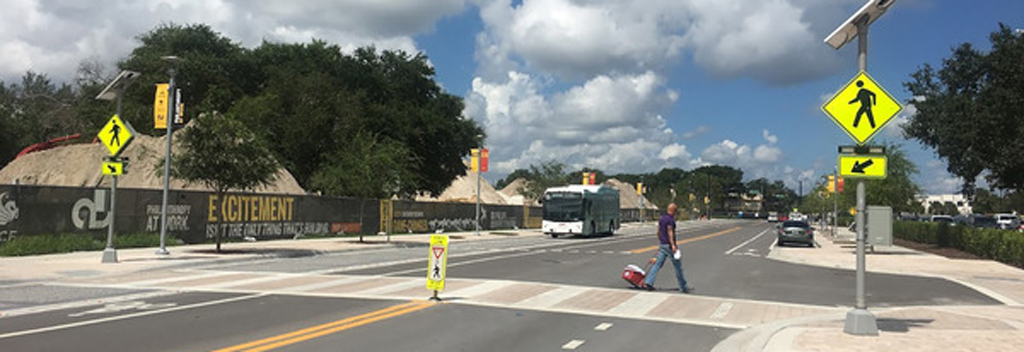
VHB partnered with the City of Orlando to create a Vision Zero Action Plan, which follows a multidisciplinary and data-informed approach to sustainably improve the safety of the City’s transportation system. The collaboration of a Task Force required a forward-looking mentality to implement better solutions as the City’s needs evolve—and to provide safe, equitable mobility for all transportation modes.
How VHB Can Help
Sustainability and equity have been and will always be a foundational element of VHB. We look forward to continued client partnerships focused on delivering solutions that provide fair access to mobility and transportation as we work together to positively transform the communities in which we live, work, and play.



